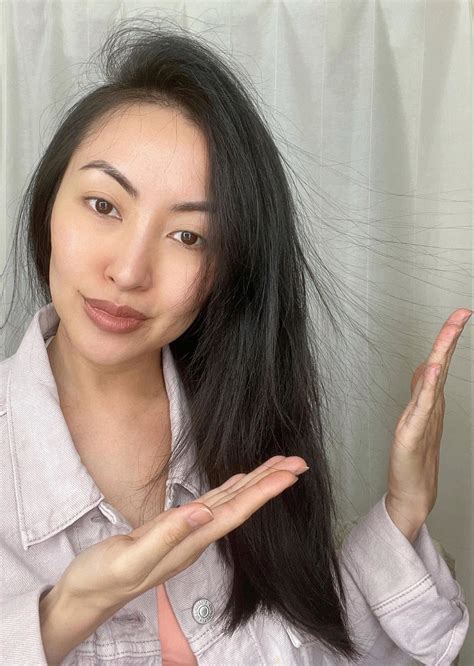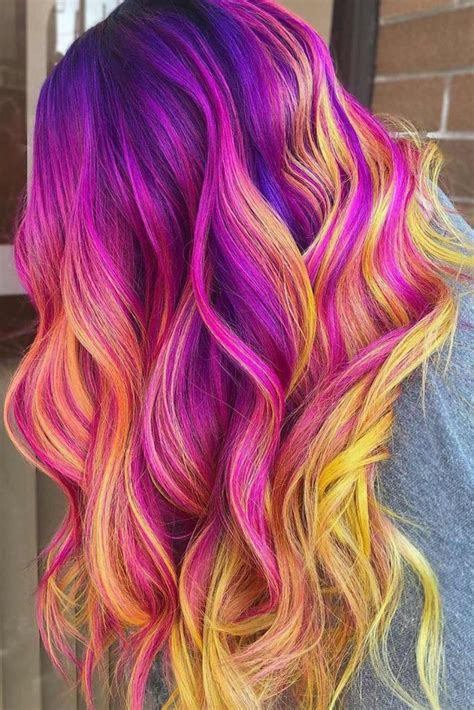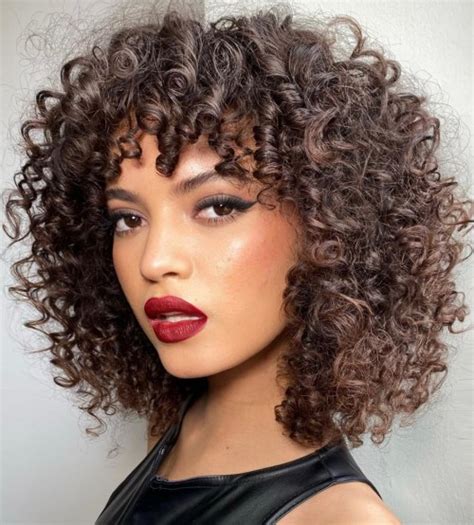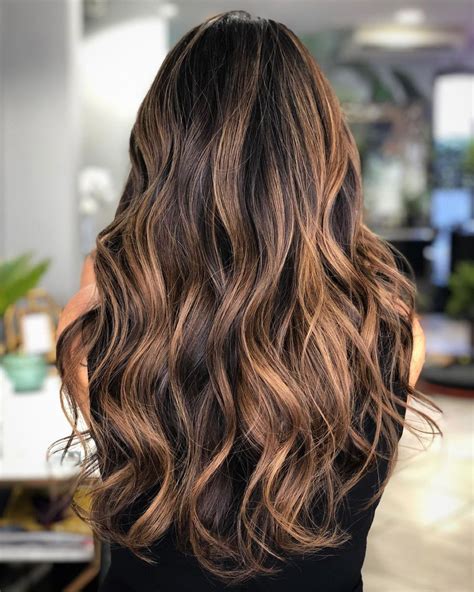Discover the causes of static hair, identify your hair type, choose the right products, and learn preventive measures and quick fixes. Improve your hair game now!
Understanding the Causes
Contents
Static hair is a common problem that many people face, especially during the drier months of the year. Understanding the causes of static hair is crucial in finding the right solutions to tackle this issue.
One of the main causes of static hair is dryness. When the air lacks moisture, it can cause the hair to become dry and prone to static. This is why static hair tends to be more of a problem in the winter months, as the cold air outside and the dry heat indoors can contribute to the lack of moisture in the air.
Another cause of static hair is the friction between hair strands and other surfaces. This can occur when wearing certain fabrics, using plastic hairbrushes, or even from excessive touching and styling of the hair.
In addition, using harsh chemical products and over-washing the hair can strip it of its natural oils, making it more susceptible to static. Understanding these causes can help in making informed decisions about the products and treatments that can help prevent static hair.
Identifying Your Hair Type
Identifying your hair type is crucial to understanding how to properly care for your locks. There are generally four main hair types: straight, wavy, curly, and coily. Each type has its own set of characteristics and care needs, so it’s important to determine which category your hair falls into.
When trying to identify your hair type, start by examining the natural state of your hair when it’s freshly washed and air-dried. Straight hair tends to be poker straight, while wavy hair has a slight bend. Curly hair forms defined curls or spirals, and coily hair has very tight, small curls. Take note of how your hair behaves when left to its own devices.
Another method for identifying your hair type is by considering the texture and thickness of your strands. Straight hair is usually fine and thin, while wavy hair can vary in thickness. Curly and coily hair tend to be thicker and coarser. Run your fingers through your hair to feel the texture and observe how your strands differ in thickness.
It’s important to remember that hair type can change based on factors such as heat styling, chemical treatments, and aging. Over time, you may notice your hair type shifting, which means your care routine may also need adjustments. Understanding your hair type is the first step to achieving healthy, beautiful locks.
Choosing the Right Products
When it comes to choosing the right products for your hair, it’s important to consider your hair type and specific needs. Different types of hair require different types of products, so it’s essential to do your research and find the best options for you.
One important factor to consider is the ingredients in the products. Look for products that are specifically designed for your hair type, whether it’s dry, oily, curly, or straight. Avoid products that contain harsh chemicals, as they can cause damage and strip the hair of its natural oils.
Additionally, consider the overall health of your hair. If you have damaged or color-treated hair, look for products that are specifically formulated to repair and protect. For those with fine or thin hair, opt for lightweight, volumizing products that won’t weigh your hair down.
Another important aspect to consider is your styling routine. If you use heat styling tools regularly, it’s essential to invest in products that provide heat protection and prevent damage. Look for products with added moisture and nourishing properties to keep your hair healthy and hydrated.
Ultimately, choosing the right products for your hair is a personal decision that requires a bit of trial and error. Don’t be afraid to experiment with different brands and formulas until you find the perfect match for your hair type and styling needs.
Implementing Preventive Measures
Static hair can be frustrating and difficult to manage, but there are preventive measures that you can take to minimize the occurrence of this issue. One of the most effective ways to prevent static hair is to keep your hair well-moisturized. Dry hair is more prone to static, so make sure to use a hydrating shampoo and conditioner. Additionally, incorporating a leave-in conditioner or hair oil into your hair care routine can help combat static and keep your locks smooth and manageable.
Another preventive measure to avoid static hair is to use a humidifier in your home during the dry winter months. Low humidity levels can contribute to static, so using a humidifier can help maintain the moisture levels in the air and minimize static build-up in your hair. In addition to using a humidifier, you can also try using a hair serum or anti-static spray to help control static and keep your hair looking sleek and polished.
When styling your hair, using the right tools and techniques can also help prevent static. Avoid using plastic combs or brushes, as they can contribute to static build-up. Instead, opt for a wooden or metal comb, which can help reduce static in your hair. Additionally, be mindful of the materials of your hair accessories, such as hair ties and headbands. Choosing accessories made from natural materials like silk or satin can help minimize static and keep your hair smooth and static-free.
Lastly, maintaining a healthy diet and lifestyle can also play a role in preventing static hair. Eating a balanced diet that includes essential fatty acids and staying hydrated can help keep your hair and scalp healthy, reducing the likelihood of static. Additionally, wearing natural fibers like cotton and wool can also help minimize static, so be mindful of the materials you wear in order to prevent static build-up in your hair.
Quick Fixes for Static Hair
If you’re dealing with static hair, you know how frustrating it can be. The good news is that there are several quick fixes that can help tame those flyaways and keep your hair looking smooth and sleek. Here are 10 easy rules and quick fixes to help you avoid static hair:
Avoid dry air: One of the main causes of static hair is dry air. Using a humidifier in your home can help add moisture to the air, preventing static from forming in your hair.
Use a leave-in conditioner: Using a leave-in conditioner can help add moisture to your hair, reducing static and making it easier to manage. Look for a conditioner specifically designed to combat static.
Avoid plastic combs: Plastic combs can create static in your hair. Instead, opt for a metal or natural bristle brush to help reduce static and smooth your hair.
Use a dryer sheet: Rubbing a dryer sheet over your hair can help remove static and keep your hair looking smooth. Keep a few dryer sheets in your purse for quick touch-ups throughout the day.











